Temperature monitoring technology is developed with the goal of helping to keep temperature-sensitive environments and assets safe. But like most technologies, a temperature monitoring system is only as effective as its ability to be properly used.
The accessibility of temperature monitoring technology can be thought of from a few different perspectives — all of which are critical to its end use.
How Quickly Can Users Get Up and Running On the System?
Some temperature monitoring technologies can require days of training before users are able to operate the system — and even then, the process isn’t always seamless. Overly complex user interfaces can make it difficult for users to adjust temperature thresholds and notifications, access relevant data and reports, add new users, and more.
The more intuitive a temperature monitoring system is, the faster the average user can utilize the technology effectively and efficiently. Moving away from days of training to as little as an hour saves your staff time, while ultimately strengthening the relationship they build with the technology.
Are Temperature Data and Alerts User Accessible in Real Time?
Every second matters in responding to a temperature issue. And to take swift action, personnel need to trust that the temperature data and alerts they receive are reflective of the present state, without disruptions.
To this end, temperature monitoring systems should be equipped with a reliable way for temperature sensors to communicate with gateways, which then send information onto servers where data is stored. While enabling a more cost-effective installation than Wi-Fi and other wireless technologies, LoRa wireless technology also offers better reliability, connectivity and security.
Another variable to consider is what happens in the event of a power or internet outage. You’ll want to invest in cloud-based temperature monitoring technology that not only lets you know when communications are lost, but also features sensors with internal batteries that continue to operate during power outages. That way, temperature data can continue to be collected during these periods — a key measure in maintaining regulatory compliance.
Can Users Receive Data & Alerts on Various Devices?
Some temperature monitoring alerts may come through while personnel are on-site, at their desk, but the more likely scenario is they’ll be received when staff is elsewhere. It could be the case where a staff member has simply stepped away from their desk for a meeting or lunch, or it’s the evening hours or weekend when no personnel are on-site.
From an accessibility standpoint, temperature monitoring technology should enable staff to receive alerts and routinely check temperature data from any web-based device or smartphone. That way, issues can be communicated to select personnel no matter their location. It’s even better when these communications can be tailored to individual needs, with the option to choose between phone calls, emails or texts based on preference, as well as the time of day or day of the week.
CORIS Makes Accessibility a Priority
As a provider of temperature monitoring technology, CORIS recognizes the importance of accessibility in an effective monitoring solution. Our comprehensive system is:
- User-friendly, requiring less than an hour of online training for staff prior to its use
- Reliable, pairing LoRa wireless communications with internal sensor batteries
- Accessible via any web-based device or smartphone, with customizable alert types available
Learn more about how our temperature monitoring system works — and if you’re ready, please feel free to connect with us.
